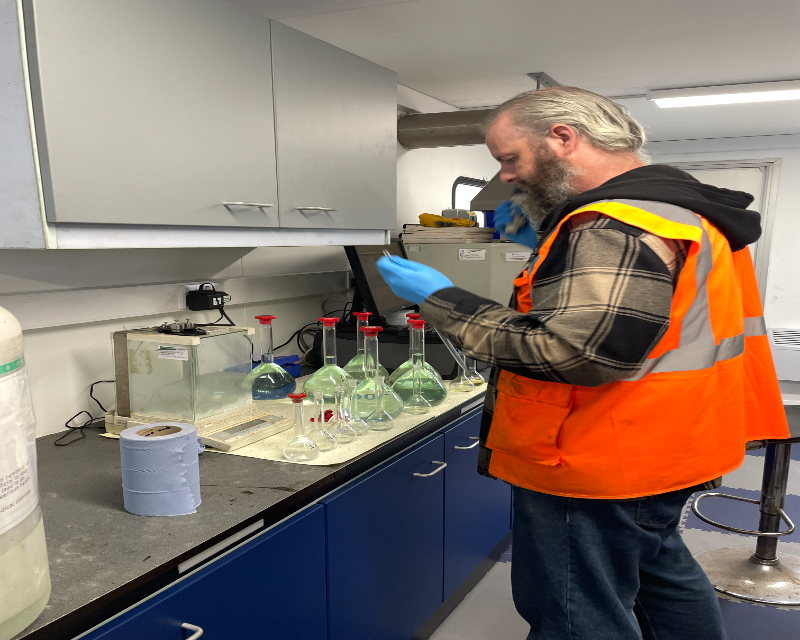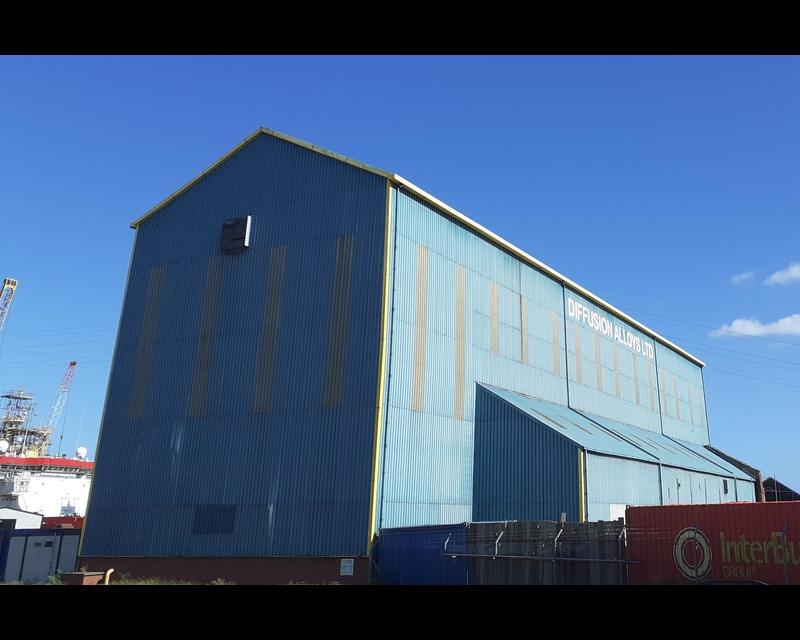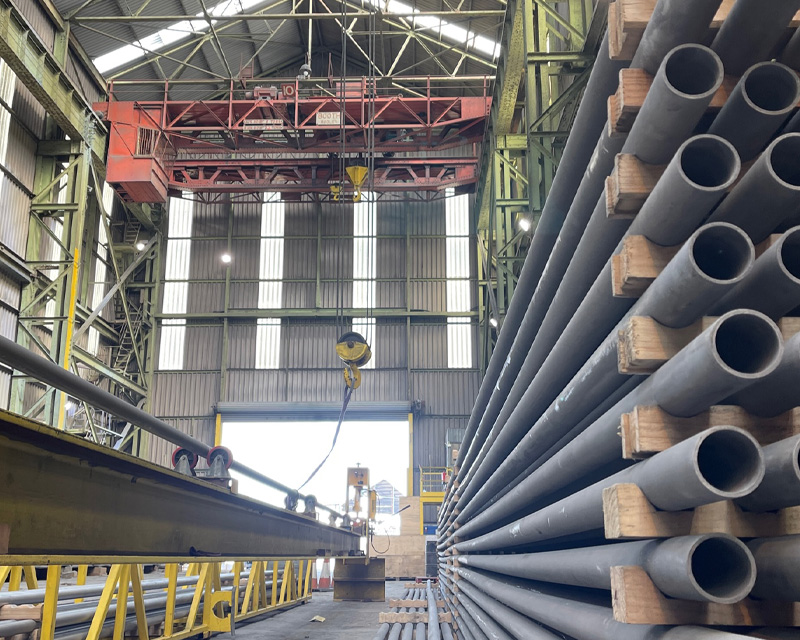
Boriding Process Overview
Boriding, also known as boronizing, is a surface hardening technique that enhances the durability of ferrous, non-ferrous, and cermet materials. This method involves the diffusion of boron atoms into the material's lattice, forming a hard boron compound on the surface.
The resulting surface layer can be either a single-phase or a double-phase boride layer.
Advantages of Boriding
The boriding process creates a uniformly hard layer from the surface to the full depth of the diffused layer. This hardness surpasses that achieved by other surface hardening methods. The combination of high hardness and a low coefficient of friction improves wear, abrasion, and surface fatigue resistance. Additional benefits include maintaining hardness at high temperatures, resistance to corrosion in acidic environments, reduced need for lubricants, and decreased likelihood of cold welding.
Suitable Materials and Applications
Boriding is effective for most ferrous materials, excluding those containing aluminium and silicon, such as structural steels, case-hardened and tempered steels, tool and stainless steels, cast steels, ductile and sintered steels, and air-hardened steels. It is also applicable to nickel-based alloys, cobalt-based alloys, and molybdenum. Boriding nickel alloys can enhance surface hardness without compromising corrosion resistance.
Materials not suitable for boriding include nitrided steels, leaded steels, and resulphurised steels.
Common Industries:
• Oil and Gas
• Agricultural Equipment
• Automotive
• Stamping
• Textile
• Extrusion and Injection Moulding
Typical Components:
Valve components: gates, seats, balls, stems, regulator valves
Pump components: impeller housings, bodies, plungers, cylinders
Agricultural equipment: combine cutters, separators, crop transfer and chopping components
Automotive: diesel engine oil pumps, gears
Stamping: dies, tooling
Textile: grooved drums
Extrusion and injection moulding: moulding augers, barrels, die components
Boriding Process Details
The boriding process involves two main reactions. The first reaction, dependent on time and temperature, occurs between the boron source and the material, producing a thin, dense boride layer. This is followed by a diffusion process, which proceeds more rapidly, completing the formation of the boride layer.



